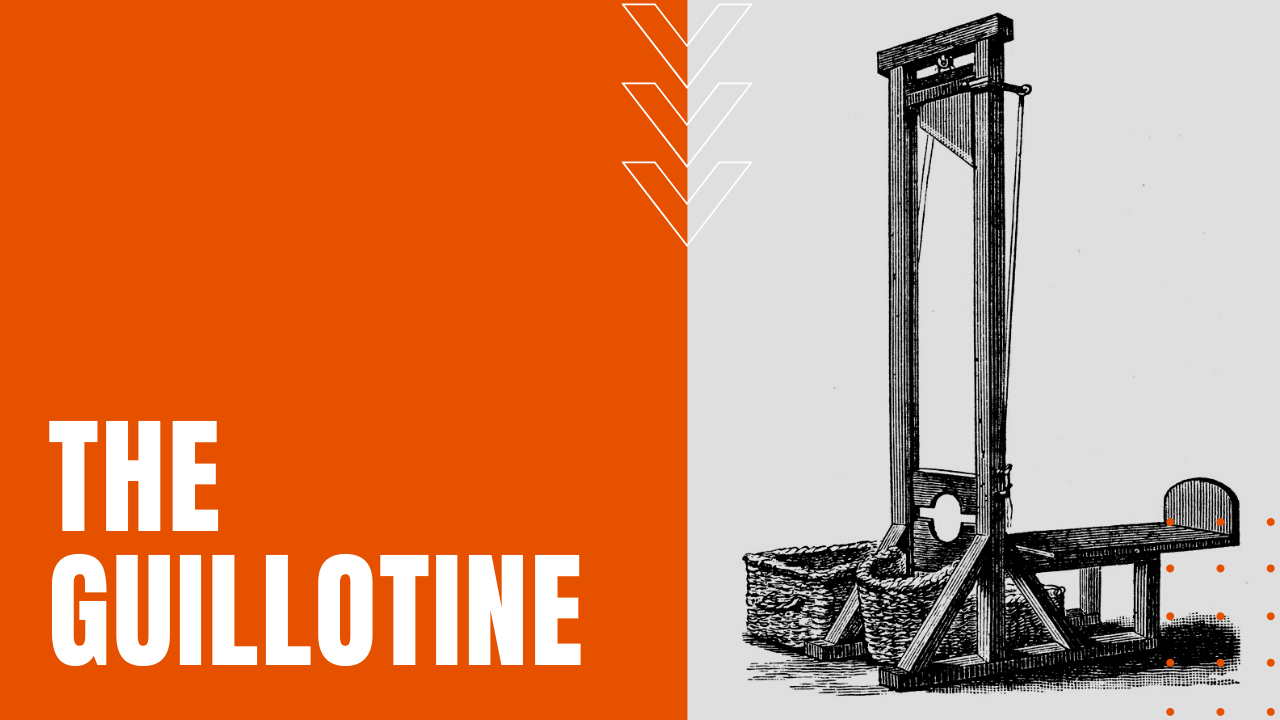History of the Guillotine: The Death Device of Choice for Many

Who Invented the Guillotine?
Once dubbed the National Razor of France for its frequent employment during the French Revolution, the guillotine was first proposed by Dr. Joseph-Ignace Guillotin as a gentler means of execution since beheadings by swords or axes were frequently botched and unnecessarily and quite painfully protracted.
The French guillotine was most likely inspired by a Middle Age beheading device call the “planke,” which was used in Germany and Flanders, followed by an Italian Renaissance-era device called a “mannaia” or “Scottish Maiden,” which took the lives of 120 people between the 16th and 18th centuries.
Victims of the Guillotine
During the Reign of Terror in mid-1790s France, scores of “enemies of the French Revolution” met their end beneath the blade of a guillotine, where the morbidly curious flocked to the place de la Bastille to enjoy a day’s conga line of executions.
Spectators bought souvenirs or programs listing the day’s victims, often grabbing a quick bite to eat at a nearby restaurant called “Cabaret de la Guillotine.” One famous group of ladies known as the “Tricoteuses” sat beside the scaffold on a regular basis, knitting between executions, while many of the condemned themselves offered quips or defiant last words as they approached the scaffold, some even dancing their way up the steps to their final demise.
As the popularity of the guillotine grew in France, so did the notoriety and fame of her executioners, who were judged on precision and speed during a day’s assembly line of executions. Multiple generations of the Sanson family served as state executioners from 1792 to 1847, reaching rock star status after dropping the blade on King Louis the 16th, Marie Antoinette and thousands of lesser-known victims. Other big names during 19th and 20th century France was father and son headsman Louis and Anatole Deibler, whose flare for their choice of clothing on the scaffold frequently inspired widespread fashion trends. Many gangsters and criminals of the time sported tattoos bearing such phrases as “My Head Goes to Deibler.”
Hitler Employs the Guillotine
Nor were guillotines left to the exclusive use by Frenchmen, for when Adolf Hitler rose to power in 1930s Germany, he ordered the distribution of 20 guillotines into key cities across Germany, which in turn claimed the lives of some 16,500 resistance fighters and political dissidents between 1933 and 1945.
Yet long after the guillotine fell from use in Nazi Germany, the guillotine remained France’s capital punishment instrument of choice well into the 20th century, taking its last victim in 1977, when a final blade dropped on convicted murderer Hamida Djandoubi. Four years later, France officially abolished capital punishment from their penal code, ending 189 years of state-sponsored entertainment and blatant inhumanity.
